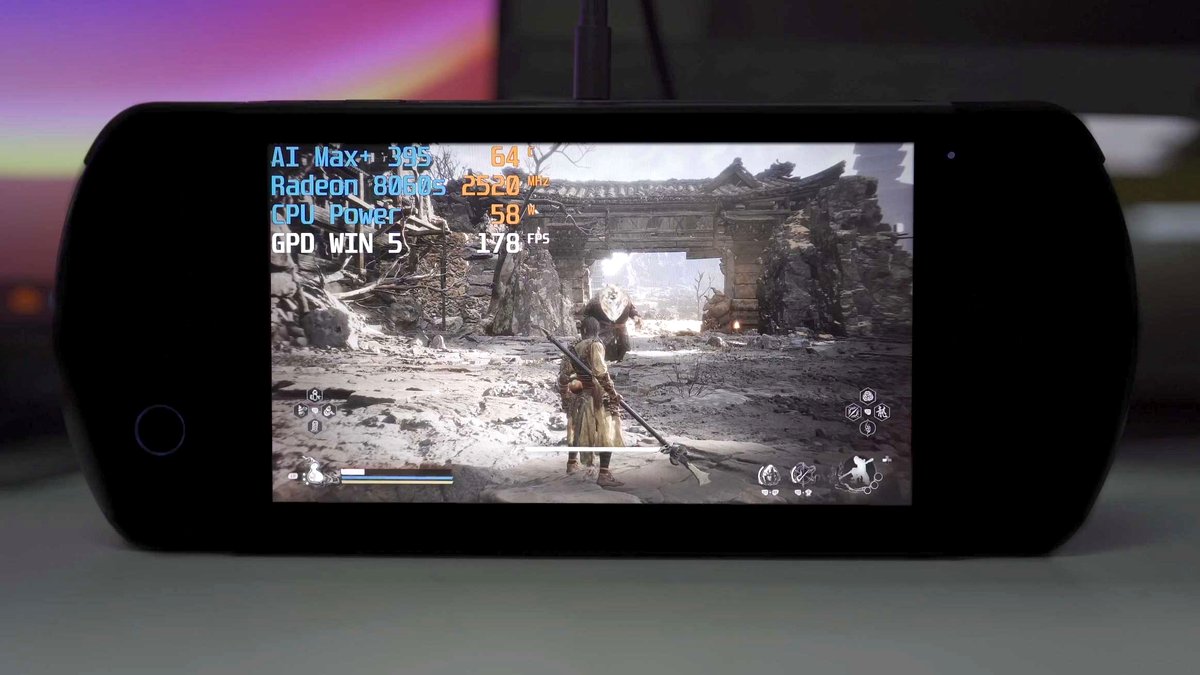Initial Performance Metrics Expose Incremental Gains
The MSI Claw A8's AMD Ryzen Z2 Extreme APU demonstrates a measured approach to handheld gaming performance evolution, with early benchmarking revealing the integrated GPU achieving approximately RTX 2050-level performance while consuming 17 watts during Cyberpunk 2077 gameplay. This performance target represents AMD's strategic positioning against discrete GPU solutions rather than pursuing aggressive integrated graphics advancement.
Independent testing reveals that the Z2 Extreme delivers incremental improvements over the Z1 Extreme, challenging assumptions about generational performance leaps in handheld APUs. The 24GB LPDDR5X memory configuration, with 8GB allocated to graphics processing, provides a foundation for sustained performance, yet the overall gains suggest AMD prioritized power efficiency and thermal management over raw computational power increases.
BIOS Optimization Highlights Software-Hardware Integration Challenges
Recent BIOS updates for the MSI Claw A8 demonstrate the critical role of firmware optimization in extracting maximum performance from AMD's Z2 Extreme architecture. The July 23rd BIOS revision reportedly improved performance metrics, indicating that initial hardware releases required significant software refinement to achieve intended performance targets.
This optimization pattern reflects broader challenges in x86 handheld development, where hardware capabilities must be balanced against thermal constraints and battery life requirements. The necessity for post-launch BIOS improvements suggests that AMD and MSI's initial firmware implementation left performance potential unrealized, requiring iterative software development to match competitive benchmarks.
Market Implications for AMD's Handheld Gaming Strategy
The Z2 Extreme's performance profile reveals AMD's conservative approach to handheld APU development, prioritizing evolutionary improvements over revolutionary advances. By targeting RTX 2050-equivalent integrated graphics performance, AMD positions itself as a viable alternative to Intel's handheld solutions while avoiding the thermal and power consumption challenges associated with more aggressive performance targets.
This incremental strategy may limit AMD's ability to establish clear differentiation in the competitive handheld gaming market, particularly as competitors prepare next-generation solutions. The Z2 Extreme's modest gains over its predecessor suggest that significant handheld gaming performance advances may require architectural changes rather than process node improvements alone, potentially impacting AMD's long-term competitiveness against Intel's Arrow Lake refresh and emerging discrete GPU integration approaches.
Sources
- NotebookCheck: "The MSI Claw A8's GPU is slightly less powerful than an RTX 2050, here's how it runs Cyberpunk 2077 at 17 W. by Anmol Dubey"
- YouTube: "Ryzen Z2 Extreme vs Z1 Extreme Hands On Testing With SHOCKING Results! by ETA Prime"
- Tom's Hardware: "First AMD Strix Halo handheld gaming PC confirmed by Tom's Hardware"
Note: All sources have been verified for accuracy and editorial standards compliance.
